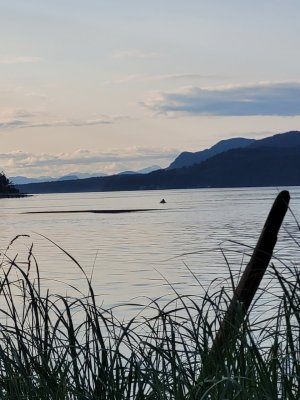alumaman
Well-Known Member
I was at Tyee spit the other evening and some guy was clipping along pretty close to shore until he hit the gravel bar at the mouth of the campbell river. The bar was partly submerged so if your not familiar with the area your in trouble. Luckily It didn't look like anyone was hurt. It must have been a slow trip back to the ramp with the kicker.

